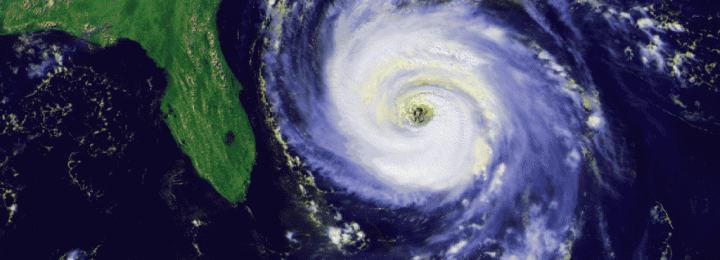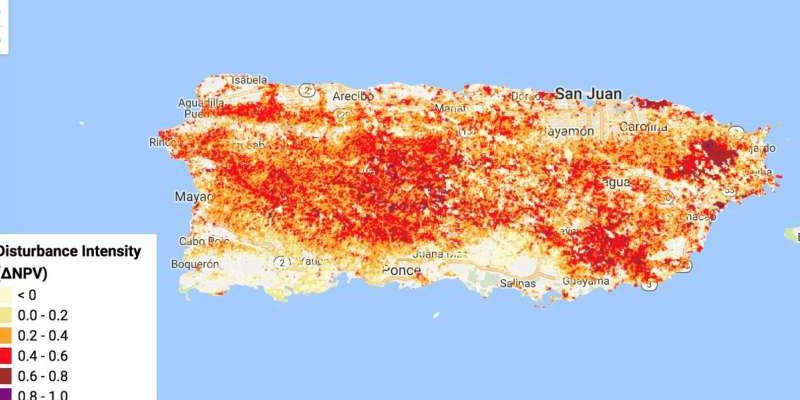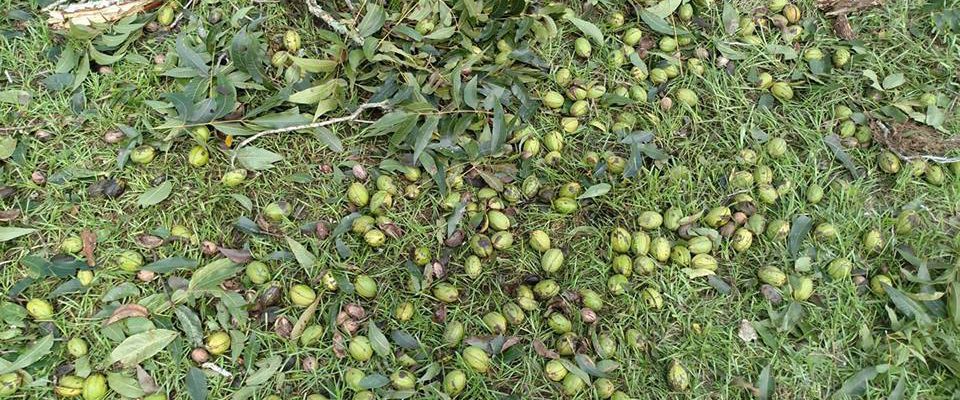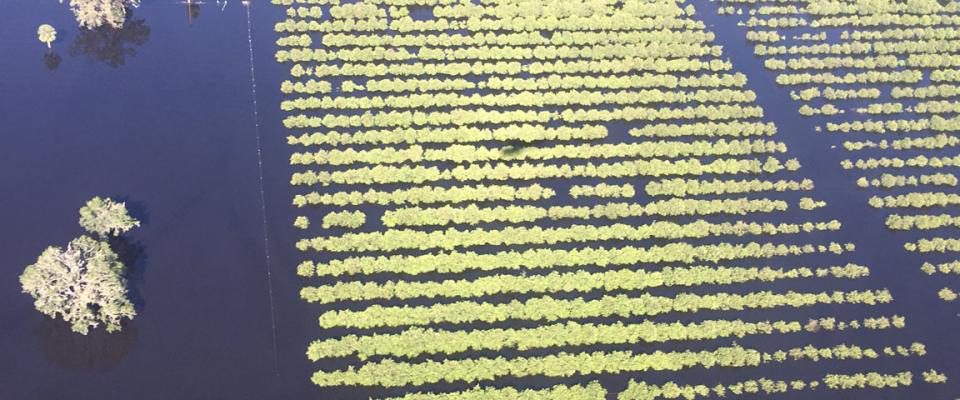Tropical weather
-

The first of several tropical storm forecasts for the 2018 Atlantic hurricane season was released today by Colorado State University. It shows that they expect a slightly greater than normal number of storms and probability of making landfall in the US based on the weakening La Niña and ocean temperatures that are above normal in…
-

Weather and climate are frequently in the news. I tend not to talk much about current weather because it changes faster than this blog, although I occasionally mention upcoming frost or tropical storm events. On the longer term, there are some interesting stories around that are informative or entertaining to read. Here are a few…
-

Bloomberg.com has an interesting article this week about how natural disasters are costing farmers billions of dollars a year in damage to infrastructure, loss of livestock and crops, and challenges in getting food to markets. While the story discusses trends in natural disasters over time, I think another consideration is that producers are now more…
-

The National Hurricane Center has released their final report on Hurricane Irma. It’s 111 pages long, which attests to the impact that Irma had on the United States and especially the Southeast. You can read it at https://www.nhc.noaa.gov/data/tcr/AL112017_Irma.pdf.
Posted in: Tropical weather -

The Georgia Farm Monitor has an interesting 3-minute video on continuing clean-up activities of Georgia pecan farmers following the devastation from Hurricane Irma, which not only blew down many nuts but also uprooted trees and damaged equipment. Supplies of replacement trees are also limited due to the high demand. You can view it at https://www.youtube.com/watch?v=5CbIQLYfDGQ&feature=em-subs_digest. …
-

The Atlantic posted a series of photos taken this week in Puerto Rico, where 450,000 homes out of 1.5 million are still without power months after Hurricane Marie. Imagine trying to live in conditions like this. Restoration of power and clean-up of all the debris will take years, and that assumes they don’t get hit…
-

ABC News has a new video out featuring Ginger Zee discussing the long-term decline in orange production in Florida. In the last year it has been seriously impacted by Hurricane Irma but even before that citrus was declining due to citrus greening and drought. You can read more and watch the video at https://abcnews.go.com/US/floridas-orange-crops-quietly-dying-decade-growers-fight/story?id=52612301. (Personal note–Ginger…